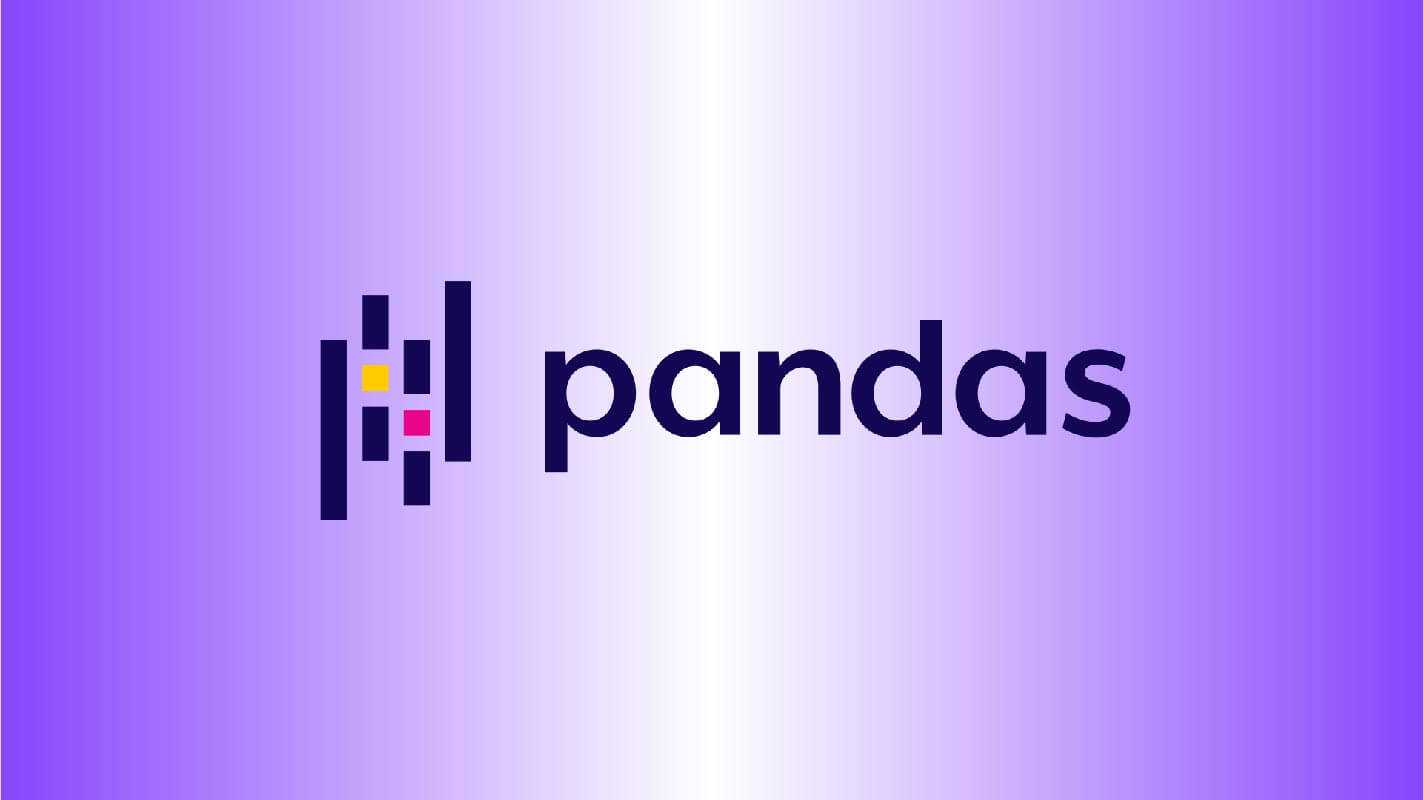If you’re a data scientist, you’ve probably heard of Pandas. It’s one of the most popular open-source data analysis libraries out there.
But did you know that Pandas has a ton of hidden features? In this blog post, we’ll discuss 10 Pandas methods that you haven’t heard of.
These methods can help you do everything from data analysis to machine learning. So if you’re looking to learn more about Pandas, this is the blog post for you!
Don’t wait, download now and transform your career!
Your FREE Guide to Become a Data Scientist
What is Pandas?
Pandas is a Python library that provides high-performance, easy-to-use data structures, and data analysis tools.
It’s popular for a reason: Pandas makes working with data easier than ever before.
Pandas is especially powerful for working with tabular data (data that is stored in columns and rows). This type of data is common in many different fields, including finance, marketing, and biology.
One of the great things about Pandas is that it supports vectorized operations. This means that you can apply functions to entire columns or rows without having to loop over each element individually.
Pandas also offers a wide variety of built-in functions that can be used for data manipulation, such as aggregation, filtering, and transformation.
Pandas has two main data structures: the DataFrame and the Series.
DataFrames are like tables in a database. They store your data in an orderly fashion, and they can have multiple columns (think of them as attributes or features).
You can think of Series as a single column in a DataFrame. Series are similar to lists in Python: they can store any data type, and you can access elements by their index (think of this as a row number).
Pandas is a great tool for data analysis and machine learning. If you’re not already using it, I highly recommend checking it out!
Pandas also has many different methods that make working with data easier. Here are ten of the most useful Pandas methods that you probably haven’t heard of:
10 Pandas methods you Probably haven't heard of
Pandas has many different methods that make working with data easier. Here are ten of the most useful Pandas methods that you probably haven’t heard of:
- pd.melt() – This method is useful for “melting” data into a format that is easier to work with. The benefit of using this method over others is that it can handle data that is in a variety of different formats and shapes. For example, you can use it to melt a dataframe that has multiple columns of data into a single column.
- pd.crosstab() – This method is used for creating cross-tabulations, which are basically tables that show the relationship between two or more variables. For example, you could use this method to create a table that shows how many people in a survey responded “Yes” or “No” to a question.
- pd.pivot_table() – This method is used for creating pivot tables, which are similar to cross-tabulations but can be used to calculate summary statistics as well. For example, you could use this method to calculate the average age of respondents in a survey.
- pd.cut() – This method is used for binning data into equal-sized buckets. For example, you could use this method to group people into age ranges (18-24, 25-34, 35-44, etc.).
- pd.qcut() – This method is similar to pd.cut(), but it bins data into equal-sized buckets based on the quantiles of the data. For example, you could use this method to group people into income ranges (low, medium, high).
- pd.get_dummies() – This method is used for creating dummy variables from categorical data. Dummy variables are binary variables that indicate whether or not a particular category is present. For example, you could use this method to convert the gender column of a dataset into two dummy variables: male and female.
- pd.factorize() – This method is used for encoding categorical data as integers. It is similar to pd.get_dummies(), but it returns a NumPy array instead of a DataFrame. For example, you could use this method to convert the gender column of a dataset into two numerical variables: 0 for females and 1 for males.
- pd.to_datetime() – This Pandas method is used for converting data to datetime objects. This is useful when working with time series data, as datetime objects can be easily manipulated. For example, you could use this method to convert a column of dates into datetime objects.
- .hasnans – This Pandas method is used for checking if a DataFrame or Series has any NaN values. If it does, then it will return True, otherwise, it will return False. One downside is that this method does not work for a DataFrame, making it best suited for use in quick checks on single columns
- .squeeze – This Pandas method is used for extracting a scalar value from a DataFrame, which is useful when you have a DataFrame with only one column or one row. For example, if you have a DataFrame with only one column, you can use this method to extract the scalar value from the column.
These methods are just a few of the Pandas methods that you may not have heard of. There are many more Pandas methods out there that can be used for data manipulation and machine learning. So, next time you’re working with Pandas, be sure to check out the documentation to see what other methods are available.
New ways to use Pandas
Pandas is a hugely useful tool for data scientists and analysts, and there are new methods and features that are constantly being added. Keeping on top of these new methods might be challenging, but it’s worth it to get the most out of Pandas.



